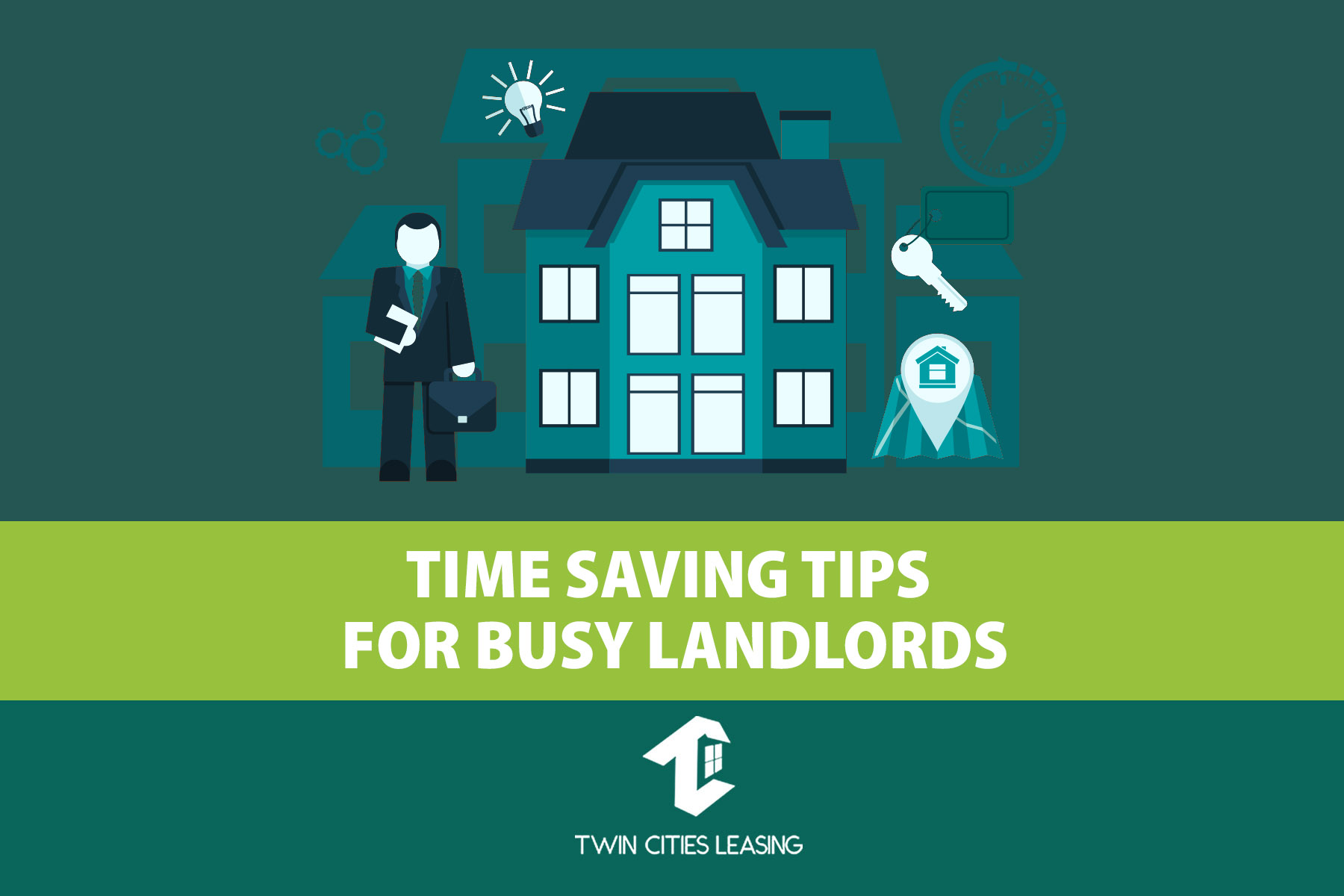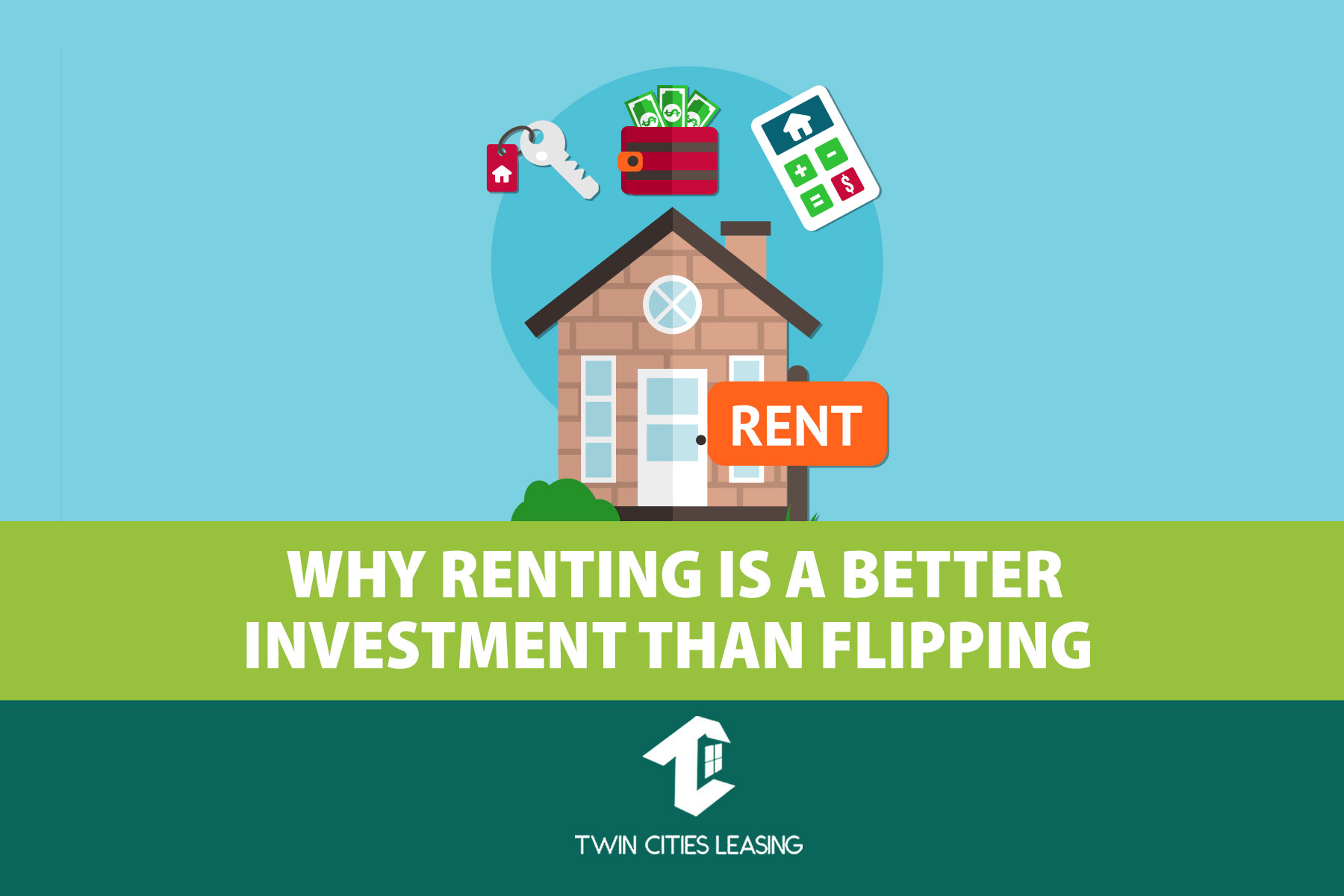
Is the United States About to Enter a Recession?
October 22, 2019
How to Manage Properties During a Quarantine
May 19, 2020Landlords in Minnesota must provide habitable dwelling spaces to their tenants; in other words, your rental units must be suitable places to live. For a property to be habitable, you must have working heat, sufficient ventilation, and running water. Plus, you must take steps to be sure your tenants are not endangered by certain conditions. Three of the top health hazards are asbestos, lead paint, and mold. It is critical to avoid these risks, let tenants know about them, and take action if there is a high likelihood they could be present.
Lead
If your property was built prior to 1978, it is covered by the Residential Lead-Based Paint Hazard Act of 1992. This federal law mandates that landlords and property managers must disclose to tenants that lead paint may be present. To follow this law, you must:
- Notify tenants of any lead paint of which you are aware.
- Give tenants the EPA pamphlet, “Protect Your Family from Lead in Your Home” (which has been translated into various languages).
- Provide a Lead Warning Statement as an attachment to the lease, noting that the landlord has made all necessary disclosures. Landlords and tenants must both sign this document.
- Give tenants copies of any reports or records that you have related to lead paint in the property.
It is also important in Minnesota to be familiar with the parameters of The Minnesota Lead Poisoning Prevention Act. One of the primary tenets of that law is that the tenant may not be penalized if they make a complaint about lead-based paint.
It can be a good idea to inspect the property and take steps toward abatement, since actually getting the lead out of the property is the best way to limit your liability.
Asbestos
An Occupational Safety and Health Administration (OSHA) regulation from 1995 requires that you give disclosures and staff training to repair and custodial workers who might come into contact with asbestos. This rule applies to all buildings that were erected prior to 1981. As with lead, you can limit your liability by getting an inspection and working to remove any that is found. There is no law requiring you to disclose asbestos to tenants. However, if asbestos exposure harms tenants, you could be held liable for their health issues.
Toxic mold
Mold is not always hazardous to health. However, when it is toxic, it can be harmful – especially for those with mold allergies or asthma. People without allergies can also be harmed. You want to move quickly for any cases of toxic or black mold, since tenants can argue that it has caused them health issues. Tenants can also assert that the mold makes the unit uninhabitable. The tenant is responsible for notifying the landlord immediately when they see any mold growth. The EPA resources on mold mitigation can be helpful.
Managing your property with ease
Health hazards are just one of the many concerns you have in managing your rental property. An investment property can be a great way to expand your income, but the stresses of being a landlord can mount. Do you need help? At Twin Cities Leasing, as investors ourselves, we understand what owners need in their property management company. Learn more.




